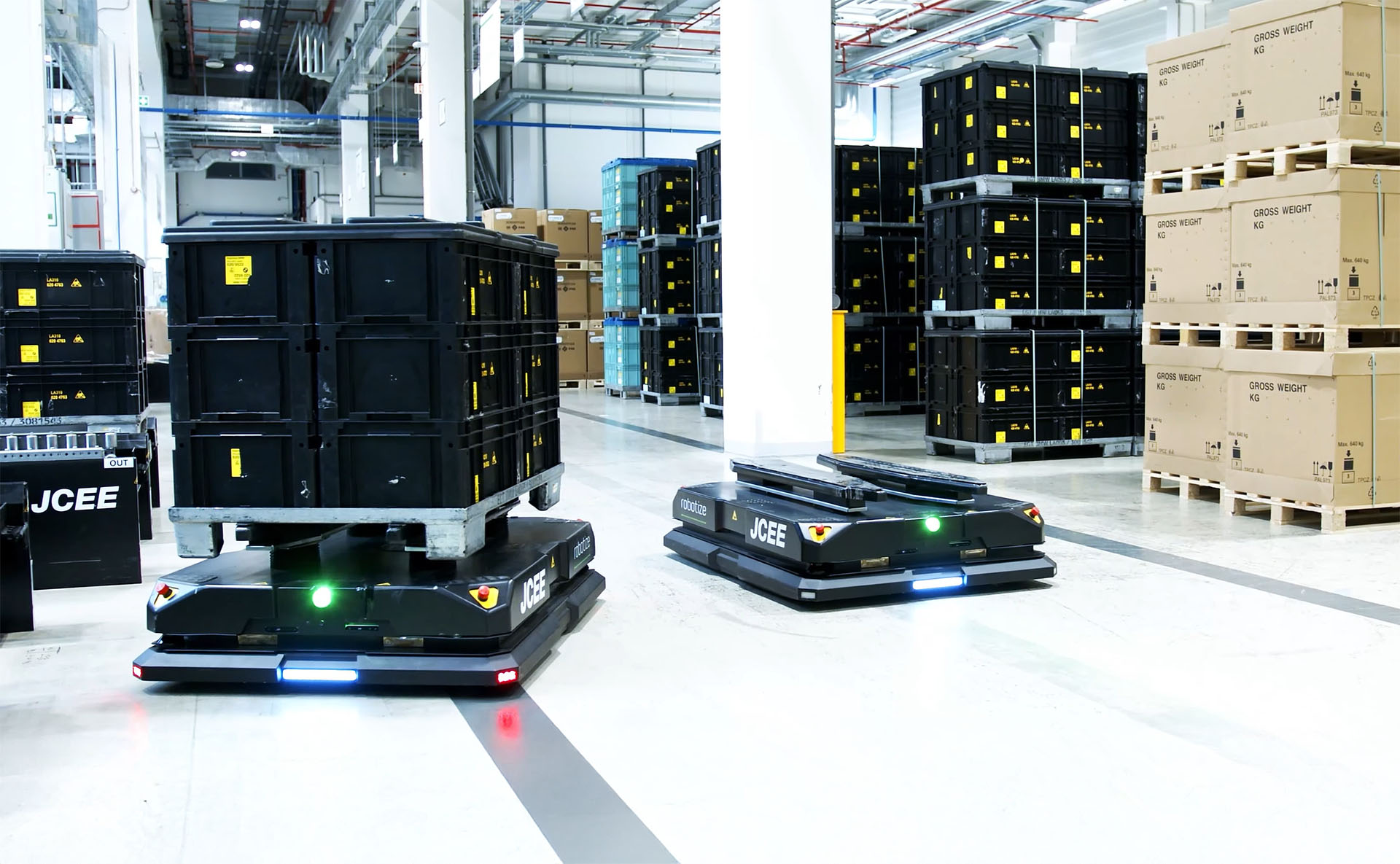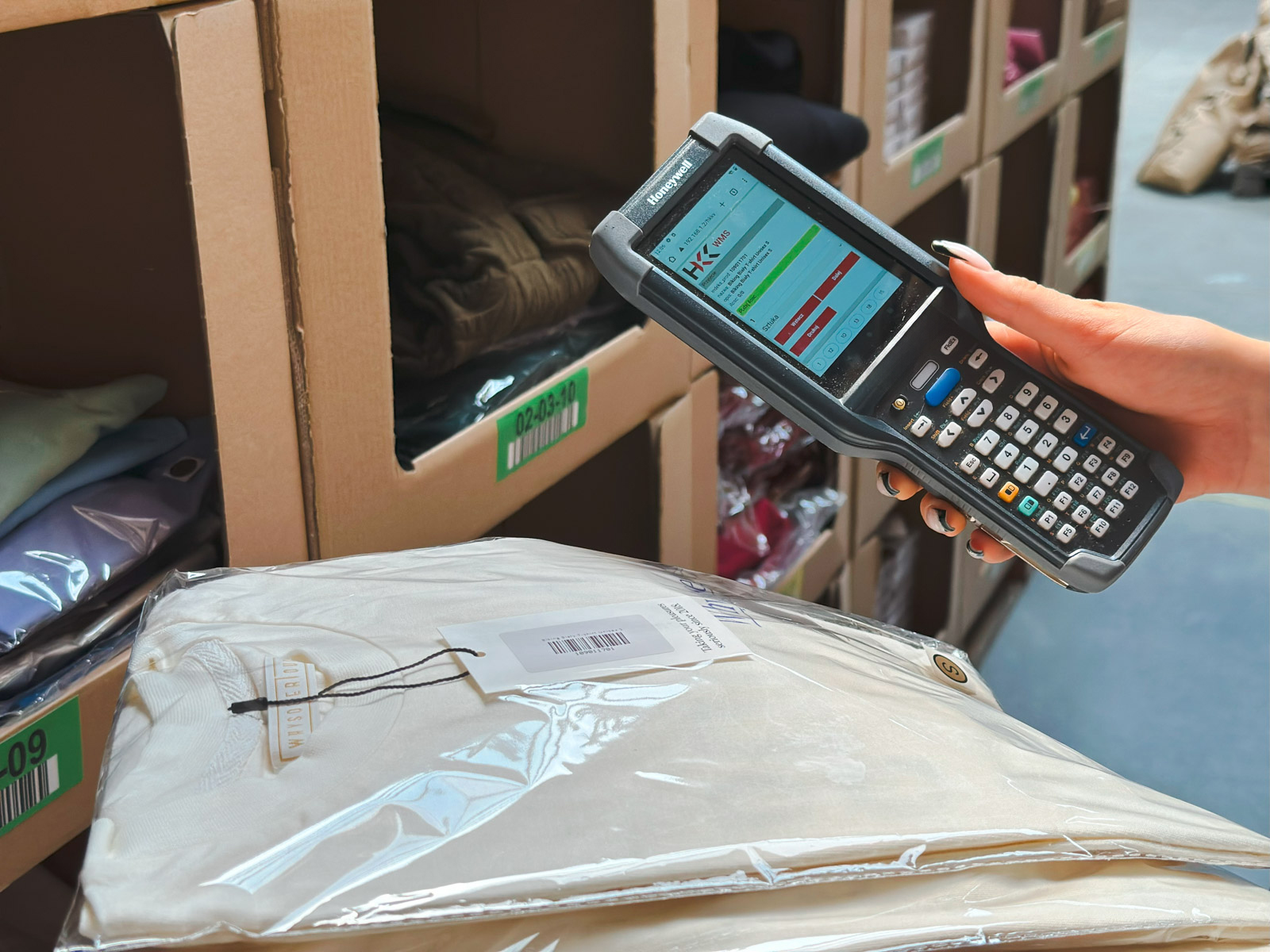Shortcuts
- Flexibility and scalability as a foundation
- Readiness for the future and openness to technology
- Integration as a basis for efficiency
- WMS as a data source and decision-making tool
- Supplier experience and return on investment
- Our solutions – two approaches, one goal: effective warehouse management
- Highlights
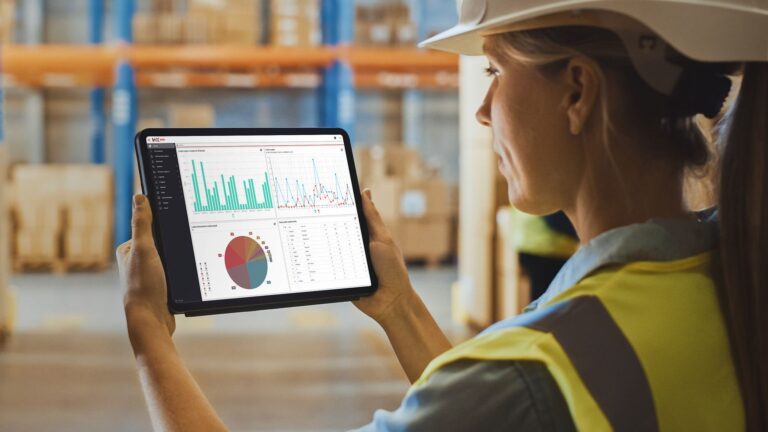
Flexibility and scalability as a foundation
One of the key features of a modern WMS is its flexibility – the system should provide the ability to precisely match a company’s unique processes, rather than forcing the organization to reorganize at its dictates.
High configurability also means the vendor’s openness to implementing customized solutions and developing the system according to user needs. Moreover, the system should be scalable – ready to work both in a single warehouse and in the entire logistics network, handling dynamically growing volumes and new locations.
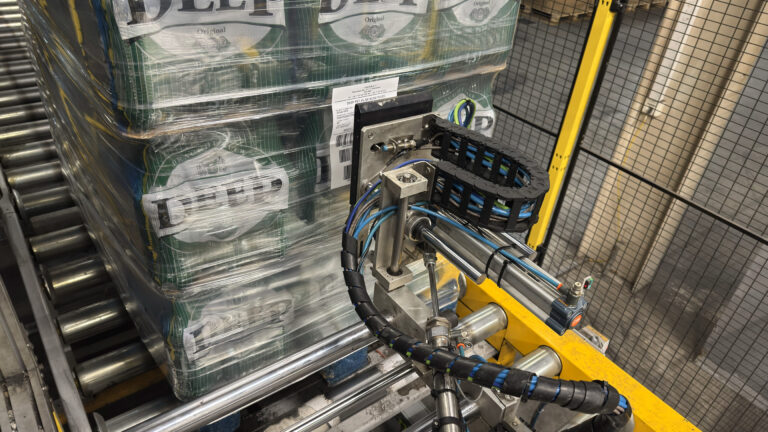
Readiness for the future and openness to technology
A modern WMS should be “future-proof,” meaning designed with the future in mind. This means not only a wide range of functionality, but also the ability to evolve along with the company and the industry. In practice – it is worth avoiding closed “box” solutions, which may be sufficient for today, but will not provide flexibility in the face of technological or organizational changes.
Also key is the guarantee of regular updates and compliance with current standards and trends, such as cyber security or artificial intelligence.

Integration as a basis for efficiency
A modern WMS should act as a command center, communicating seamlessly with other systems. Integrations with:
- ERP systems,
- e-commerce platforms,
- courier companies,
- Warehouse automation (shuttle racks, autonomous cabinets, AGV robots).
Openness to integrations avoids information silos and creates a consistent data architecture that supports automation and accelerates process execution. Importantly, the implementation of new integrations should be quick, simple and not require deep intervention in the system structure.
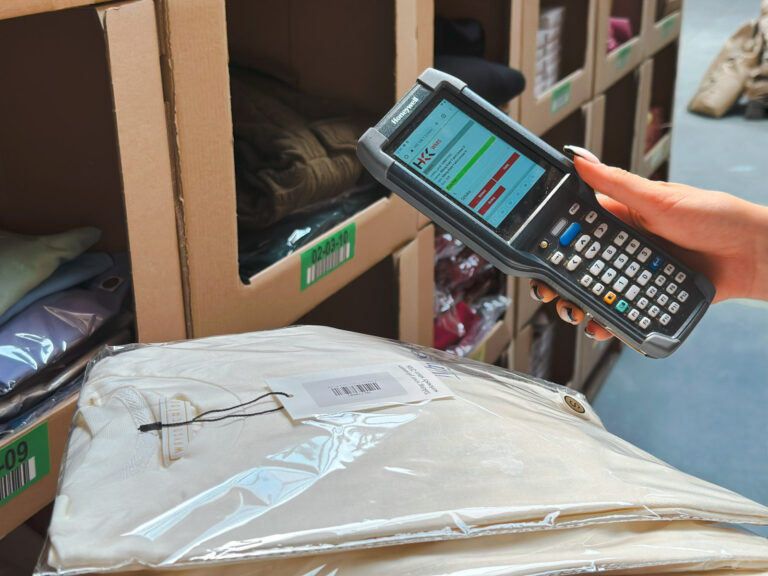
WMS as a data source and decision-making tool
The warehouse management system ceases to be solely an operational tool. Increasingly, it is acting as an analytical center, providing the data necessary to optimize logistics operations and make sound business decisions. An example of integration here can be Cubiscan dimensioning devices, through which basic data on products is provided. Business Intelligence (BI) modules, enabling the creation of advanced reports, KPI analysis and data visualization, are becoming a standard in next-generation systems.
The rise of analytics goes hand in hand with the use of artificial intelligence. AI can analyze data from various sources (ERP, TMS, automation, manufacturing), detecting anomalies, predicting failures or suggesting improvements in the supply chain. It’s not competition for humans – it’s decision support for humans.

Supplier experience and return on investment
While the number of implementations completed is important, the quality of the implementations is crucial. When choosing a WMS, it’s worth looking at specific case studies – how the solution affected efficiency, what problems it solved and what benefits it brought to the user. Solid references are the best proof of the real value of the system.
A WMS is an investment – not a cost. Return on investment (ROI) should occur within 12-18 months. A thorough cost-effectiveness analysis requires a comparison with the costs of not having a system (e.g., picking errors, delays, downtime) and the costs of maintaining a legacy, inefficient solution.

Our solutions - two approaches, one goal: effective warehouse management
At HKK Group, we offer two proven WMS systems to suit different scales and degrees of complexity of warehouse operations.
Digit.IO WMS is our proprietary solution – ideal for companies looking for a flexible and scalable system tailored to individual needs. The system developed by our team of developers is distinguished by its high configurability, integration with ERP, quick implementation (about 3 months) and full support in Polish. Thanks to the ATOM implementation methodology, we ensure a smooth implementation process – without unnecessary complications and unnecessary costs.

Blue Yonder WMS is an enterprise-class solution dedicated to companies with the most complex logistics needs. As a long-time partner of Blue Yonder (formerly JDA and RedPrairie), we implement projects for customers in Poland and across Europe. The system – a recognized leader in the global Gartner® Magic Quadrant™ ranking – provides extensive configuration capabilities, integration with automation and implementation of complex logistics strategies. It will prove itself where reliability, scalability and the highest level of technology matter.

There is no single “best” WMS – there is a WMS best suited to your company. We will help you choose one.




